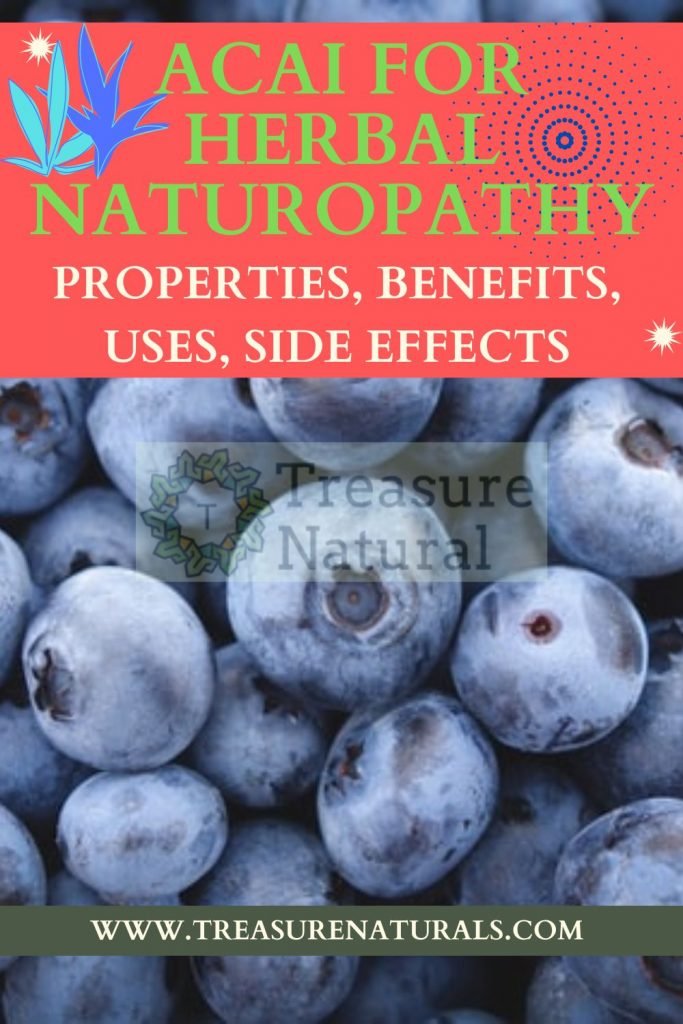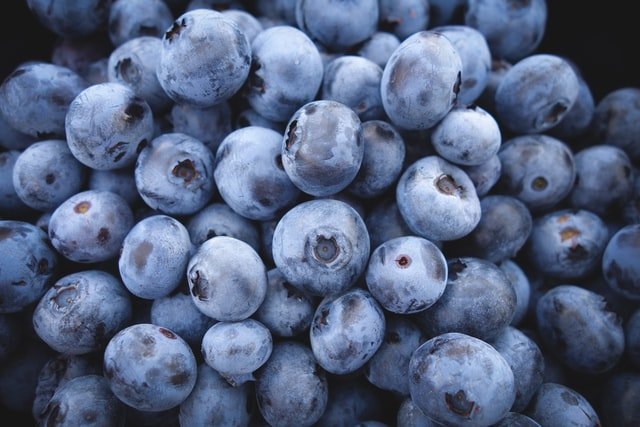
Açai (Euterpe oleracea) is a plant of the Arecaceae family. Its berries are rich in anthocyanins, vitamins and minerals and perform a cholesterol-lowering and antioxidant action. Let’s find out more.
Properties of Açai
The berries of this palm are a very rich source of anthocyanins (pigment of the plant that gives it the typical purple red), proteins, essential fatty acids, fiber, vitamins and minerals.
In particular, anthocyanins have an antioxidant action, able to counteract the premature aging of cells and tissues, 30 times higher than that exerted by red wine and 3 times that of blueberry.
Essential fatty acids, in particular oleic acid (omega-9), perform a hypocholesterolemic action, as they lower LDL (Low Density Lipoproteins or bad cholesterol) thus counteracting the onset of atherosclerosis and numerous cardiovascular diseases; while linoleic acid (omega-6) helps keep cell membranes healthy. In addition, essential fatty acids help the transport and absorption of fat-soluble vitamins, A, E, D and K, bringing a protective action on the heart and circulatory system.
Sterols, components of plant cell membranes, also bring numerous benefits to the human body. In addition to reducing cholesterol in the blood plasma, and demolishing accumulated fats, phytosterols affect the metabolism of prostaglanins, the molecules responsible for inflammatory processes, carrying out an analgesic and decongestant action. Sterols today are used to treat symptoms associated with BPH (benign prostate hyperplasia), that is, benign hyperplasia of the prostate.
Finally, the remineralizing properties are due to the high content of vitamins, amino acids and minerals, nutrients useful for regenerating the body and muscles. In addition, fiber promotes the functionality of the gastroenteric system, as, on the one hand, it helps not to absorb fats, sugars and triglycerides from the diet; on the other, they allow you to keep the colon clean, giving a sense of satiety.
How to use
INTERNAL USE
Açai berries can be taken as they are in yogurt together with musli, or other dried fruits and oilseeds, or as an ingredient in homemade desserts, or in herbal teas or in the form of juice.
INFUSION: 1 tablespoon of Açai berries, 1 cup of water
Pour the fruits into boiling water and turn off the heat. Cover and leave to infuse for 10 min. and drink at will.
Contraindications
There are no particular contraindications or side effects for taking acai berries. Like any other fruit it is rich in fiber so, in case of too high consumption or abuse, meteorism and diarrhea can occur.
In allergy sufferers, skin reactions may occur due to sensitivity to the photochemistry that the berries contain. On the other hand, in case of pregnancy and lactation, its use is not recommended given the lack of scientific studies on the subject that confirm the absence of danger.
Description of the plant
Fruiting palm, can reach even 30 m in height. The leaves are pinnate up to 3 meters long. The fruits (drupes) are small berries of rounded shape, of dark purple color, weighing an average of one gram, similar to a grape, and produced in branched panicles composed of 500-900 fruits, without skin, but a large kernel and a pulp with a grainy consistency.
The exocarp (the peel) of ripe fruits is deep purple, or green, depending on the type of açai and its maturity. The mesocarp is pulpy and thin, with a constant thickness of 1 mm or less.
The habitat of the Açai
Native to South America and Central America, the plant grows mainly in the swampy areas north of Brazil, at the level of the Amazon River estuary.
Background

The name “açai” (pronounced “assaì“) comes from the Portuguese translation of the tupian word ïwaca’i, which means fruit “that weeps or secretes water“. Açaì were “discovered” recently, when ethnobotanical research came to identify them as the most nutritious fruits of the Amazon rainforest. In a study conducted on three Caboclo populations in the Brazilian Amazon, the acai palm is considered as the most important plant species because its berries constitute the main ingredient of their diet, up to 42% of the total consumption of food by weight.
In fact, the presence of energizing nutrients makes açaì an unparalleled fruit juice or energy drink. The grainy pulp of the berries, mixed with other fruits, cereals or muesli and honey corresponds to the classic recipe, able to reduce the feeling of hunger with very few calories, but with a very high concentration of nutrients.






